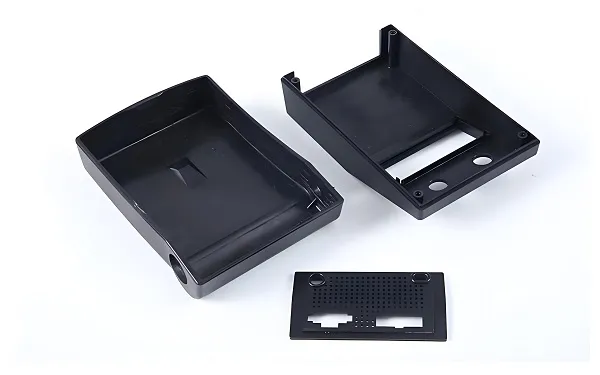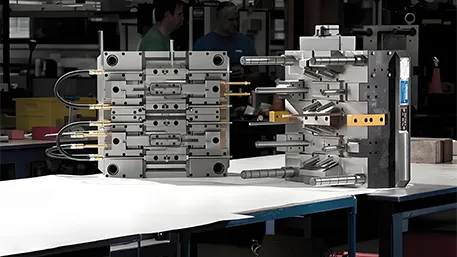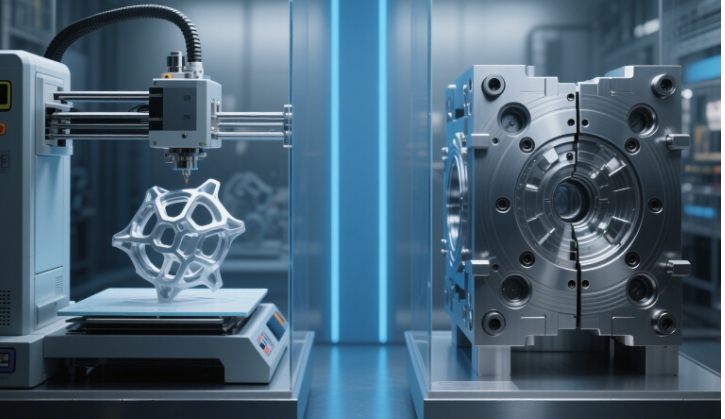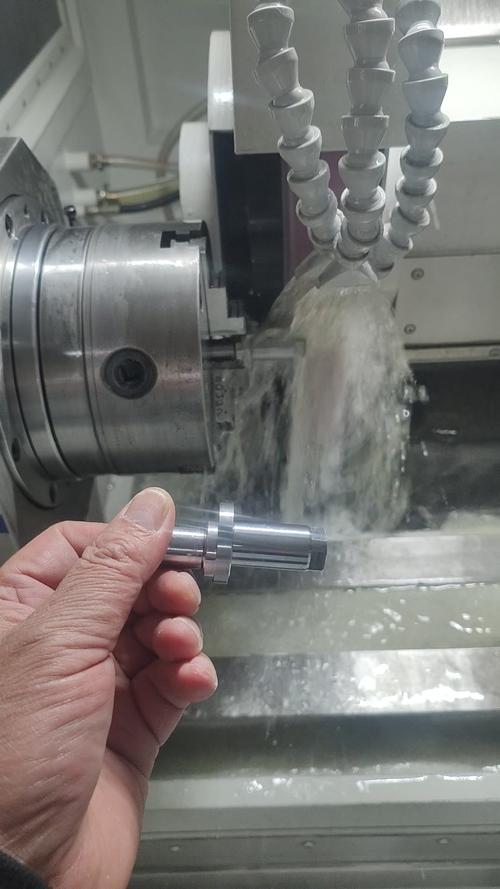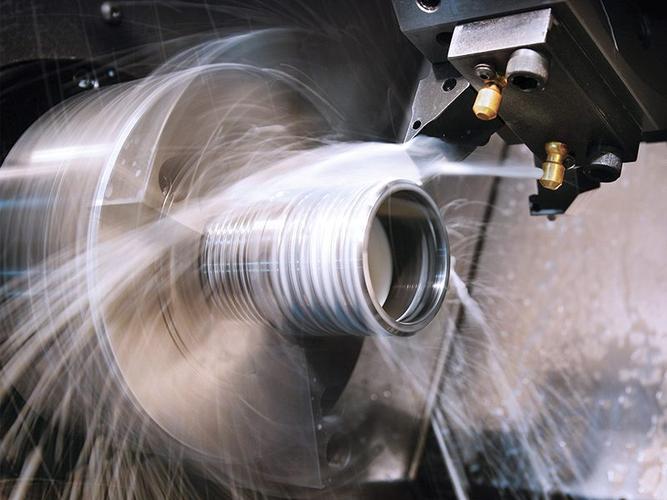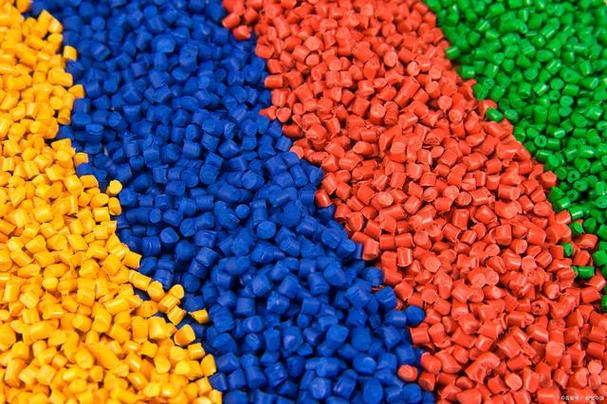The plastic injection molding process is a high-volume manufacturing method used to produce complex plastic parts by injecting molten plastic into a custom-designed mold, which then cools and solidifies to form the final shape. It is widely used across industries due to its ability to create consistent, intricate parts with minimal post-processing.
What are the core steps of the process?
The plastic injection molding process typically follows these key stages:
- Clamping: The two halves of the mold (core and cavity) are securely closed and clamped together by a hydraulic or mechanical press. This ensures the mold remains sealed during injection, preventing molten plastic from leaking.
- Injection: Plastic pellets (or granules) are fed into a heated barrel, where they are melted by friction and heater bands. A reciprocating screw pushes the molten plastic (now a viscous fluid) into the mold cavity under high pressure (ranging from 100 to 2000 bar), filling every detail of the mold’s shape—including thin walls, ribs, or intricate textures.
- Packing and holding: Once the mold is full, additional pressure is applied to “pack” more plastic into the cavity. This compensates for shrinkage as the plastic cools, ensuring the part retains its dimensions and density. The pressure is held until the gate (the entry point for plastic into the mold) solidifies, preventing backflow.
- Cooling: The mold is cooled using water channels or cooling lines, which extract heat from the molten plastic. Cooling time varies based on part thickness, plastic type, and mold design—thicker parts require longer cooling to avoid warping or internal stresses.
- Ejection: Once the plastic has fully solidified, the mold opens, and ejector pins (or plates) push the finished part out of the cavity. The part may then undergo minor post-processing (e.g., trimming excess material from the gate or removing flash).
What key elements are required for the process?
- Mold: A precision tool, usually made of steel or aluminum, with a cavity that mirrors the desired part’s shape. Molds can be single-cavity (producing one part per cycle) or multi-cavity (producing multiple parts simultaneously) for high-volume production.
- Plastic material: Thermoplastic resins (e.g., ABS, polypropylene, polyethylene) are most common because they can be melted and reshaped repeatedly. Material selection depends on the part’s requirements (e.g., strength, flexibility, heat resistance).
- Injection molding machine: Consists of a clamping unit (to hold the mold), an injection unit (to melt and inject plastic), and a control system to regulate pressure, temperature, and timing.
What are the advantages of plastic injection molding?
- High precision and repeatability: Molds produce parts with tight tolerances (often ±0.005 inches) and consistent dimensions across thousands of cycles.
- Complex part capability: The process can create parts with undercuts, threads, logos, or internal features that would be difficult or costly to achieve with other methods (e.g., machining).
- Efficiency for mass production: Multi-cavity molds and fast cycle times (ranging from seconds to minutes) make it ideal for high-volume manufacturing (e.g., 10,000+ parts).
- Material versatility: Compatible with hundreds of plastic resins, including filled materials (e.g., glass-reinforced plastics) for enhanced strength.
What limitations should be considered?
- High upfront costs: Mold fabrication is expensive (especially for complex, multi-cavity steel molds), making it less economical for low-volume production (fewer than 1,000 parts).
- Design constraints: Parts must be designed with moldability in mind—for example, including draft angles (slight tapers) to ease ejection, avoiding sharp corners that trap air, and ensuring uniform wall thickness to prevent warping.
In summary, plastic injection molding is a versatile, efficient process for producing high-quality plastic parts in large quantities, balancing precision, complexity, and scalability to meet the demands of industries from automotive and electronics to medical devices.


